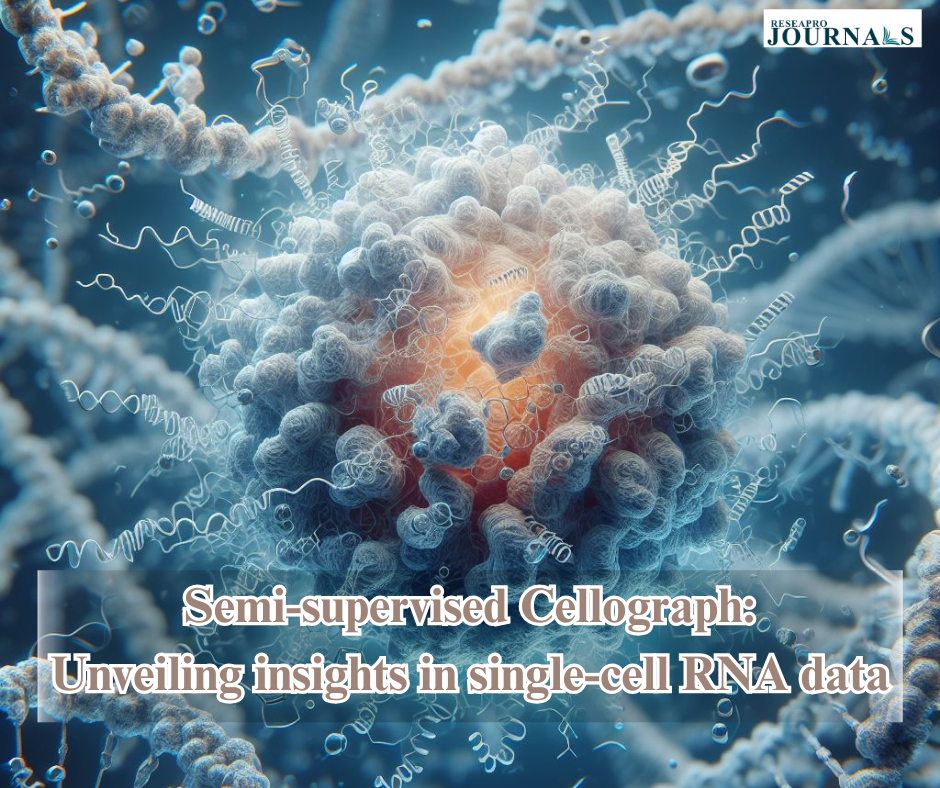|
Getting your Trinity Audio player ready...
|
In the realm of single-cell RNA-sequencing (scRNA-seq) data analysis, Cellograph introduces a pioneering semi-supervised approach employing graph neural networks. This innovative method holds promise for unraveling intricate patterns within multi-condition datasets, providing a nuanced understanding of cellular responses at a single-cell level.
Body:
Cellograph’s strength lies in its ability to navigate the complexity of multi-condition scRNA-seq data. Traditional analyses often struggle with capturing the subtle variations across different conditions, but Cellograph, utilizing graph neural networks, excels in identifying and interpreting these variations. The semi-supervised nature of Cellograph allows it to learn from both labeled and unlabeled data, enhancing its capacity to recognize nuanced cellular behaviors under various conditions.
The graph-based approach of Cellograph is particularly adept at capturing the intricate relationships between individual cells. By representing cells as nodes and their relationships as edges in a graph, Cellograph can uncover hidden connections that might be missed by conventional analytical methods. This provides researchers with a more comprehensive view of the molecular landscape and how it evolves across different conditions.
Conclusion:
In conclusion, Cellograph emerges as a valuable tool in the field of scRNA-seq analysis, especially in the context of multi-condition datasets. Its semi-supervised methodology, coupled with the power of graph neural networks, empowers researchers to delve deeper into the intricacies of single-cell responses. By unlocking the potential hidden within the data, Cellograph contributes to advancing our understanding of cellular behavior and holds promise for uncovering novel insights in the ever-evolving landscape of single-cell RNA-sequencing.




